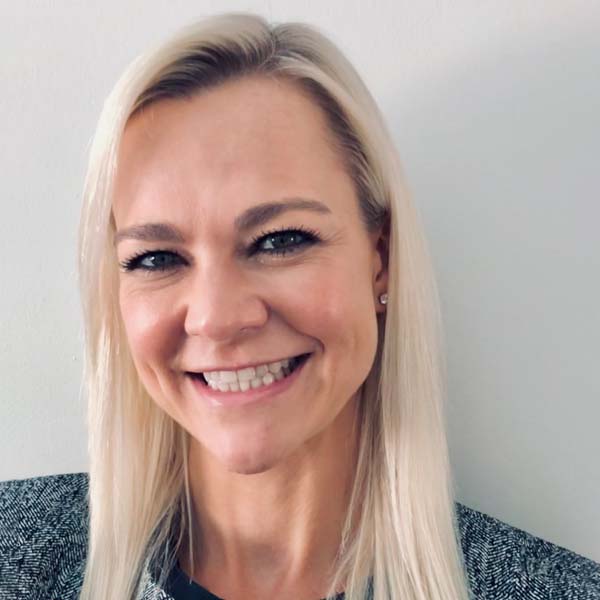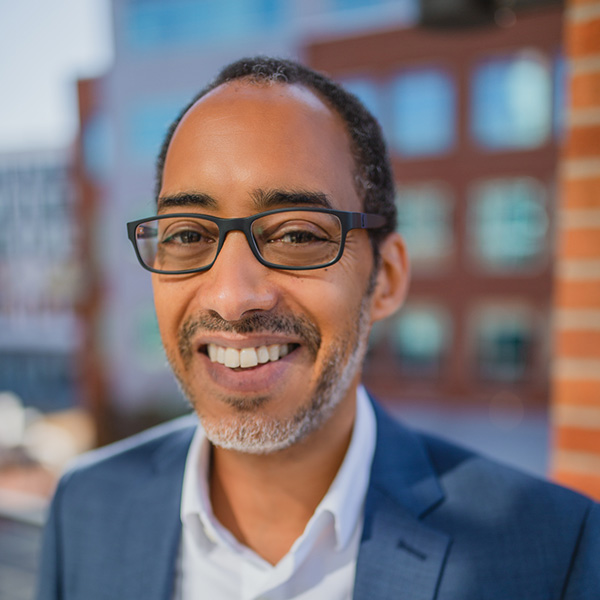In our recent webinar, “Africa’s Potential for Clinical Research: Population Diversity, Expanding Therapeutic Area Expertise and Long-Standing Stakeholder Engagement,” our panel of esteemed speakers broke stereotypes about Africa, discussed research-related trends and highlighted how clinical trials could benefit from the continent’s prevalent and incident infectious and noncommunicable diseases, site and investigator expertise and capabilities, expanding research capacity and regulatory and ethics review landscape.




Vice President, Global Strategy
FHI Clinical
Sanchia Theron: There are varying contributing factors, like improved data collection, but there is also an increase in other factors playing a role in the increase of non-communicable diseases (NCDs). Historic data might not be as rich as what we have access to right now, and epidemiological data has become a lot more prevalent over the last few years. However, the rise in NCDs could be attributed to other reasons too, such as Westernization and a change in diet and physical activity, increase in pollution and challenges with access to adequate healthcare, especially in the more rural areas.
Dr. Malahleha: It's definitely multifactorial. Factors such as the Westernization of lifestyle, diet, and reduction in physical activity are all contributors, but there have also been gaps in baseline data. The improvements in data that we are seeing highlight the pressing need to conduct more research in terms of addressing NCDs. In particular, given the increasing number of cancer cases in Africa, we also need to invest in oncology research on the African continent. We also have our gaps in terms of healthcare infrastructure allocated to NCDs, especially in rural areas. A lot of the infrastructure has been focused at controlling and managing infectious diseases. As we mentioned in the webinar, collaborative efforts between researchers as well as the public health sector have significantly helped to control infectious diseases, but we definitely need to do more, and we should try a similar approach for NCDs as well.
Ghiorghis Belai: I agree — a lot of the trials that have been conducted, government resources and data collection have focused around infectious diseases, but patients with some NCDs, such as hypertension or diabetes, aren’t diagnosed or treated until their condition is really bad. Although we have been targeting the poorest and most affected with infectious diseases for clinical trials, there is another population that probably should also be a target for clinical trials. The middle class, who seek health care in the private sector, could be a good target for trials of NCDs since the diseases are not likely as well followed in government facilities.
Sanchia Theron: NCDs account for more than 70% of deaths globally and disproportionately affect more people living in low- and middle-income countries. NCDs (especially when uncontrolled) can increase the risk of acquiring infectious diseases. Vice versa, infectious diseases can exacerbate NCDs and increase the risk of developing an NCD. Africa as a continent with high rates of both infectious diseases and NCDs faces a major health challenge.
Sanchia Theron: These trials are becoming more important, especially on the African continent where a high disease burden and low socioeconomic status necessitate cost-effective but fast and accurate diagnostic tests. Point-of-care testing is extremely important in the rural areas where primary care healthcare workers are often the only access to healthcare.
Joseph Lamao: There are quite a few companies and countries on this continent that can support clinical trials. For example, in the West, there are excellent sites in Navrongo and Kintampo, both in Ghana, that conduct clinical trials and have contributed to the latest malaria vaccine in mothers. In the East, there are quite a few sites in Kenya as well as Tanzania. In Kenya, Nairobi has a big geographical footprint, so that's where you will find many scientists in the centers supported mainly by Walter Reed Army Institute of Research (WRAIR) or the Kenyan government. In Tanzania, the Tanzania Medicines & Medical Devices Authority (TMDA) focuses on and supports the development of emerging clinical trial sites that are doing well. Small countries such as Benin also have capable sites. This is obviously not an exhaustive list, and there's already a large volume of quality data that has come from many countries.
Ghiorghis Belai: I agree — any country in the continent can support clinical trials. FHI Clinical worked in Sierra Leone on Ebola when the infrastructure was not ready yet, and it is ready now. The main consideration would be what the clinical trial is investigating and whether that’s a good fit for the population.
5.
Ghiorghis Belai: A lot of my work has been in West and Central Africa, in French-speaking countries. Although perhaps not well known to some, Benin, Burkina Faso and Mali are French-speaking countries that are important hubs of clinical research. In addition, Mozambique, a Portuguese-speaking country, is another research hub. The challenge is that many clinical trials enter the continent through different networks and key opinion leaders that tend to go to the same sites and countries and don’t expand to new investigators and sites. At FHI Clinical, our focus has always been to ask, "Where is the population that would benefit from this intervention? And how can we do a clinical trial there?" I think it works better to look at it in this reverse way — what the clinical trial needs as far as population first and then working backwards to see which investigators and which sites in those areas can perform the study. This might be a better way to ensure equity.
Dr. Malahleha: More and more, we are realizing there is a need to be inclusive in the way that we conduct research so that we don't omit any communities. Africa is an emerging continent….we need to ensure that under-represented countries are not left behind in clinical research due to language barriers or structural barriers. We need to find ways to make our research work around those barriers. As researchers who have experience working with quite a number of barriers in Africa, we are so resilient. If these countries are also given opportunities, they themselves can learn to navigate through their own internal challenges for conducting trials, be it language or finding new ways to communicate health research to their under-researched communities.
Joseph Lamao: One of the key challenges previously was with the African Medicines Regulatory Harmonization, and there are clear processes now about how things should be done. Previously, only the well-established or English-speaking countries would be able to get that process running on time, and French-speaking countries would still be battling because of translations from English to French for the regulatory authorities to closely scrutinize those applications. By the time an application or approval was completed, English-speaking sites have already started with the first subject, the first visit. So that used to be a deterrent, but at the moment, things are normalizing.
Sanchia Theron: Close collaboration between stakeholders, including funders, sponsors, regulators and government, is essential to assist with better understanding and promoting research. This has worked well in South Africa, where early engagement and communication between these stakeholders have greatly assisted with mobilizing resources and improving research capacity across the country. Working with key opinion leaders can be extremely beneficial, especially when engaging with government authorities to ensure there is a good understanding of the sciences and how this is an essential part of improving healthcare in a country.
Dr. Malahleha: We were quite strategic. Myself and three other directors who founded the research unit did quite a lot of community mapping and tried to understand where a gap existed in terms of research in our country (geographically and in terms of disease epidemiology) and identified the under-researched area of East London, South Africa — an area with high infectious disease burden and growing rates of NCDs. Highlighting the need for research in this area, I think, has made it compelling for the research industry to follow suit and include us as a new research site in some of the trials that are ongoing.
Another thing to look at is skill set. With my experience in infectious disease research and public health, other directors’ experience in pediatric research and oncology, and the strong NCD experience of another physician, we garnered a specific skill set, and we started the research unit. In terms of engaging the pharma industry, I think it's a matter of identifying the key players and then knocking on doors.
Ghiorghis Belai: A lot of it is about networking, but also really mapping out your population epidemiologically and knowing the diseases or conditions that affect them the most make it much simpler to attract more trials towards very specific areas. There are outbreaks such as Ebola that are very geographically specific, but if you go beyond that and say, "I live in this certain catchment area, and people go to the hospital for this and that." Then, this opens up opportunities, not just from pharma, but also collaborations or academic-type work and really moved on from there.
Joseph Lamao: As a site, you also need to identify your capabilities — what is it that you can offer. That also assists in building your capacity, strength and reputation. As a site acquires and accumulates skills in terms of the diversity of clinical trials, it can grow bigger with time.

